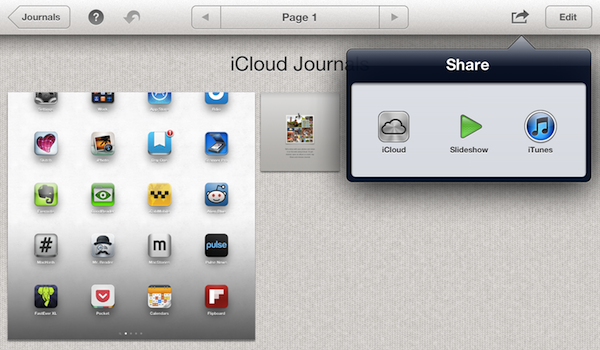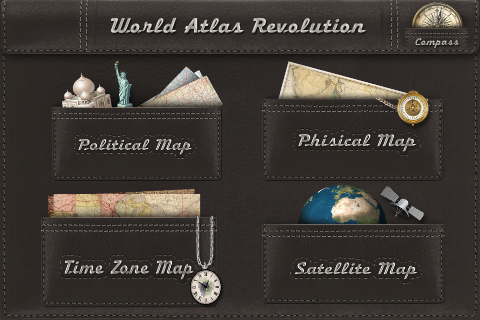Chrome 19 Syncs Open Tabs Across Computers and Smartphones
From the Google Chrome blog:
With today’s Stable release of Chrome, you can. When you’re signed in to Chrome, your open tabs are synced across all your devices, so you can quickly access them from the “Other devices” menu on the New Tab page. If you’ve got Chrome for Android Beta, you can open the same recipe tab right on your phone when you run out to the store for more ingredients. The back and forward buttons will even work, so you can pick up browsing right where you left off.
Signing into Google Chrome synced items such as your bookmarks in the past, but this release brings us closer to the continuity many of wish for with our web browsers: tab syncing between our devices. Google Chrome should automatically update in the background, but you can visit About Google Chrome in the wrench menu to manually update to the latest stable version. Chrome 19 is available today, while the tab sync feature itself is rolling out over the coming weeks.
Also updated in the latest version of Google Chrome is the apps Settings. The new Settings view makes seeing history and clearing out browsing data a cinch by moving them to the first menu. The Extensions sub-menu has pretty much stayed the same, but the Settings sub-menu now contains an expansive list of options you can use to set how Chrome tracks privacy data and how Google Chrome will connect to the Internet (this is where you’ll make Chrome your default browser as well). The options themselves aren’t new, but rather the presentation has been updated to show you general preferences first, while making advanced options a simple extension of the more commonly used browser settings.
In other Chrome related news, Google could be gearing up to release their web browser on iOS according to a tidbit found by Macgasm. If gushing over this mockup was any indication, we’ve been wishing for Chrome to land on iOS devices for a long time now. While Google hasn’t officially announced Chrome for iOS (we’re talking mere speculation), iOS devices may soon be able to take advantage of the tab syncing that was introduced in today’s update.











